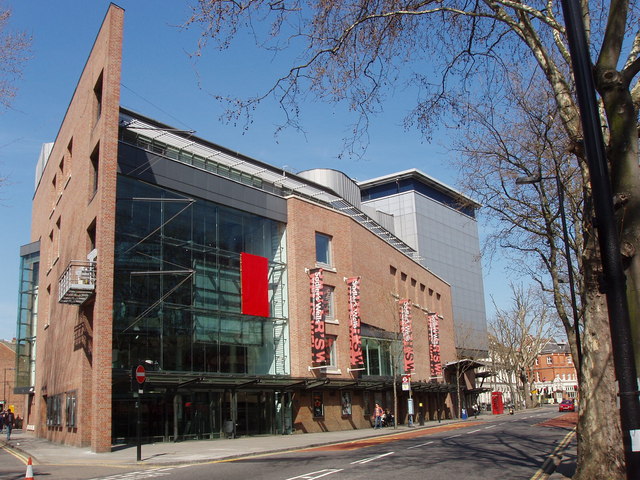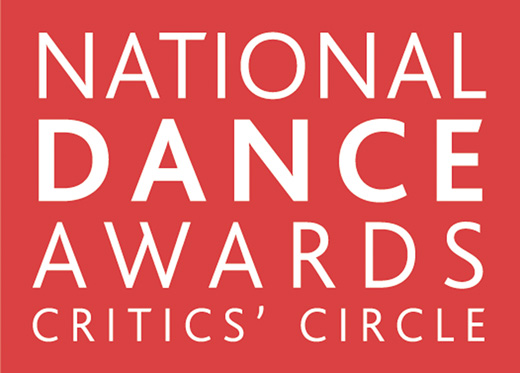
The Dance Section of the Critics’ Circle announced the nominations for the 13th National Dance Awards at a reception held at The Place on 9 November 2012, an extremely exciting time of year for the tutu wearing, pointe shoe-hopping dance artists and fans alike. The winners will be announced at a ceremony to be held in The Robin Howard Theatre at The Place on Monday 28 January 2013.
The nominations for the 2012 National Dance Awards are as follows –
DANCING TIMES AWARD FOR BEST MALE DANCER
Jonathan GODDARD (Rambert Dance Company & Freelance)
Akram KHAN (Akram Khan Company)
Vadim MUNTAGIROV (English National Ballet)
Edward WATSON (Royal Ballet)
GRISHKO AWARD FOR BEST FEMALE DANCER
Begoña CAO (English National Ballet)
Eve MUTSO (Scottish Ballet)
Marianela NUÑEZ (Royal Ballet)
Tamara ROJO (Royal Ballet)
STEF STEFANOU AWARD FOR OUTSTANDING COMPANY
Merce Cunningham Dance Company
New Adventures
Royal Ballet Flanders
Tanztheater Wuppertal Pina Bausch
BEST CLASSICAL CHOREOGRAPHY
David BINTLEY (‘Faster’ for the Birmingham Royal Ballet)
Christopher HAMPSON (‘Storyville’ for Ballet Black)
Annabelle LOPEZ OCHOA (‘A Streetcar Named Desire’ for Scottish Ballet)
Alastair MARRIOTT & Christopher WHEELDON (‘Trespass’ in‘Metamorphosis – Titian 2012 Bill’ for The Royal Ballet)
BEST MODERN CHOREOGRAPHY
Alexander EKMAN (‘Cacti’ for Nederlands Dans Theater II)
Akram KHAN (‘DESH’ for AKRAM KHAN COMPANY)
Arthur PITA (‘The Metamorphosis’)
Kate PRINCE (‘Some Like It Hip Hop’ for Zoonation)
OUTSTANDING FEMALE PERFORMANCE (CLASSICAL)
Yuhui CHOE (Royal Ballet)
Ksenia OVSYANICK (English National Ballet)
Beatriz STIX-BRUNELL (Royal Ballet)
Jia ZHANG (English National Ballet)
OUTSTANDING MALE PERFORMANCE (CLASSICAL)
Yonah ACOSTA (English National Ballet)
Paul KAY (Royal Ballet)
Zdenek KONVALINA (English National Ballet)
Dawid TRZENSIMIECH (Royal Ballet)
OUTSTANDING FEMALE PERFORMANCE (MODERN)
Azzurra ARDOVINI (Phoenix Dance Theatre)<
Teneisha BONNER (Zoonation)
Wendy HOUSTOUN
Hannah KIDD (Richard Alston Dance Company)
OUTSTANDING MALE PERFORMANCE (MODERN)
Tommy FRANZÉN (Zoonation & Russell Maliphant Company)
Dane HURST (Rambert Dance Company)
Christopher MARNEY (New Adventures)
Liam RIDDICK (Richard Alston Dance Company)
BEST INDEPENDENT COMPANY
Ballet Black
Ballet Cymru
Rosie Kay Dance Company
Shobana Jeyasingh Dance
The National Dance Awards have been organised by the Dance Section of the Critics’ Circle each year since 2000 and they celebrate the vigour and variety of Britain’s thriving dance culture. They are the only awards given by the body of professional dance critics in the UK, presented by the Dance Section of the Critics’ Circle which brings together more than 50 dance writers and critics.


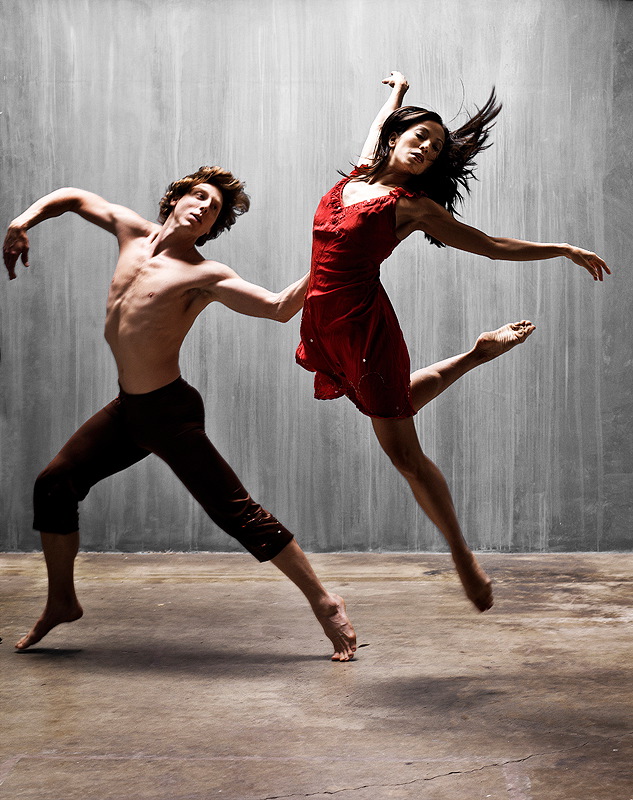
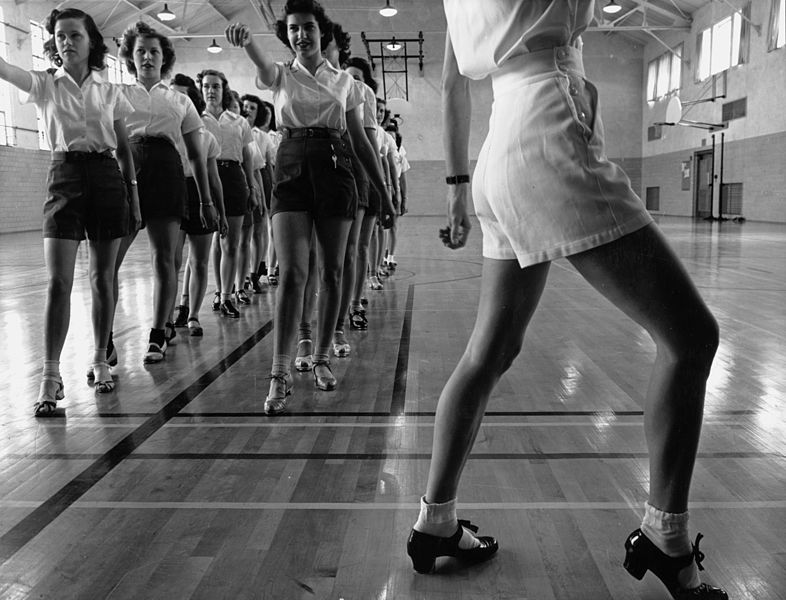

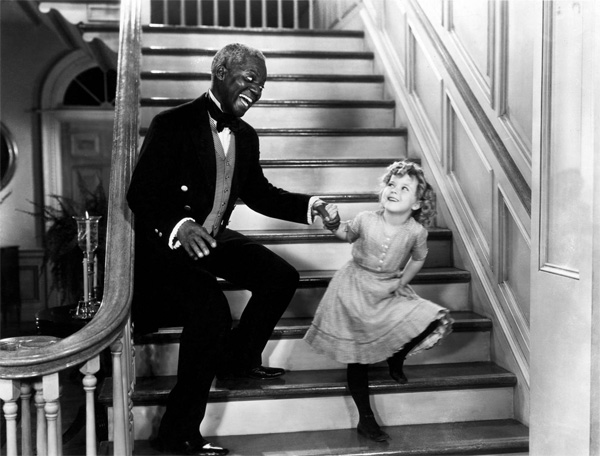
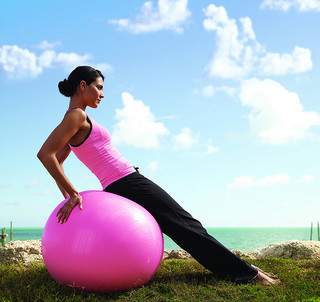
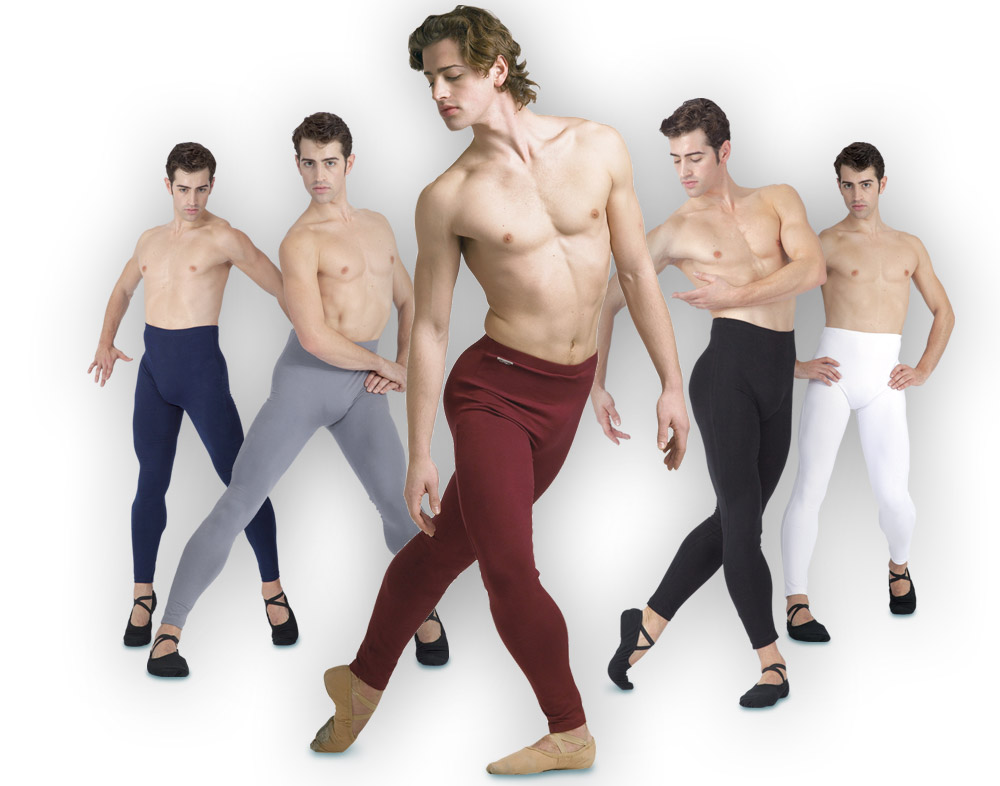

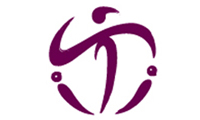 International Dance Day was founded by the Dance Committee of the International Theatre Institute in 1982, and has been celebrated every year in Paris on April 29th, which is the anniversary of Jean-Georges Noverre (1727-1810) who is deemed as the creator of modern ballet. The dance sector is constantly evolving, with International dance Day seemingly drawing attention to the magic of dance, and highlighting this throughout the world.
International Dance Day was founded by the Dance Committee of the International Theatre Institute in 1982, and has been celebrated every year in Paris on April 29th, which is the anniversary of Jean-Georges Noverre (1727-1810) who is deemed as the creator of modern ballet. The dance sector is constantly evolving, with International dance Day seemingly drawing attention to the magic of dance, and highlighting this throughout the world.